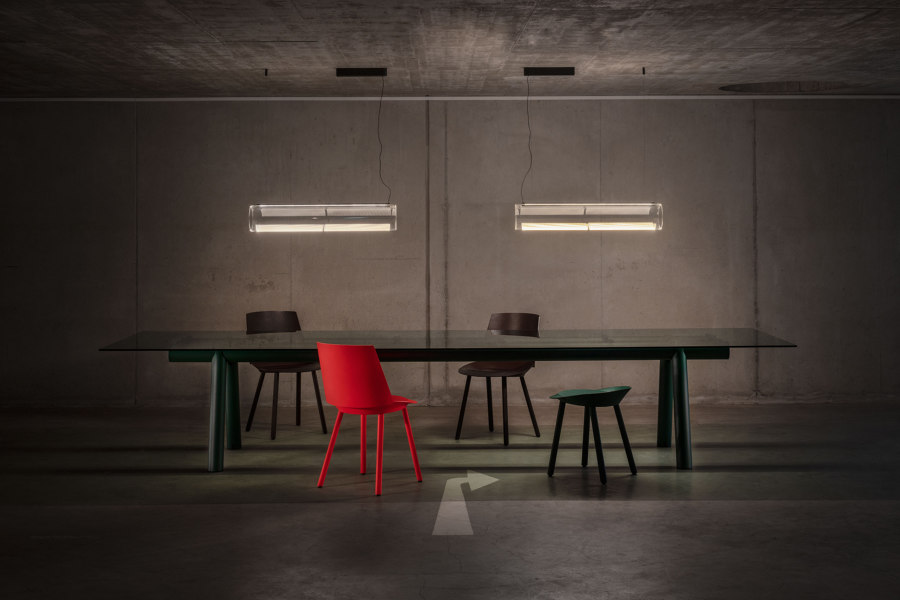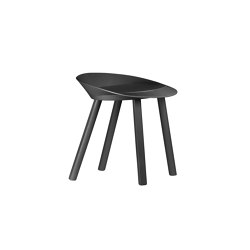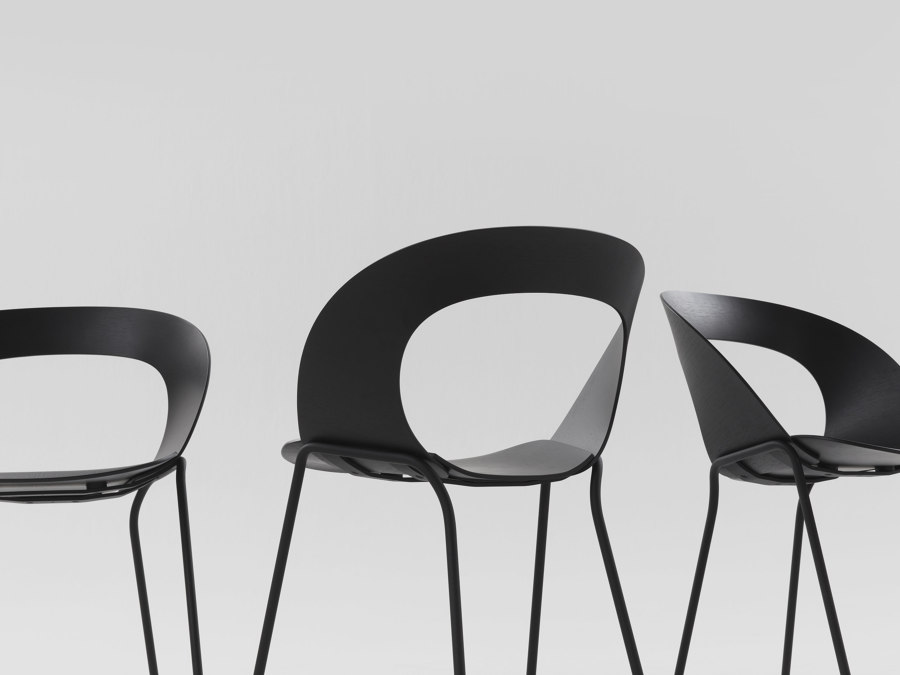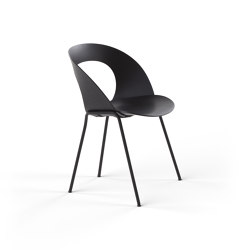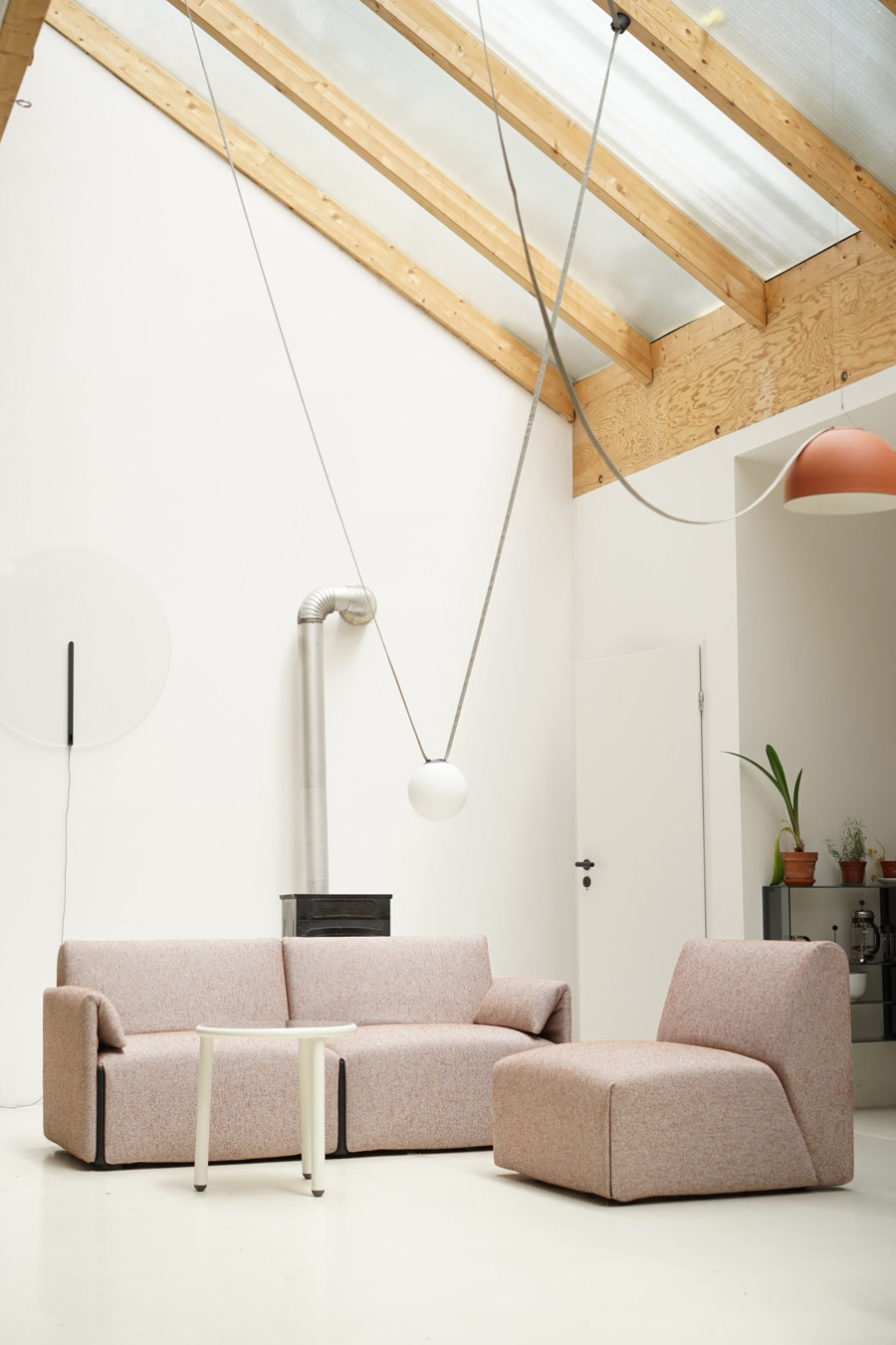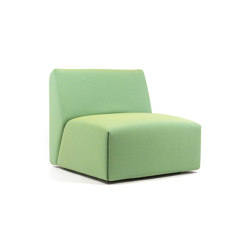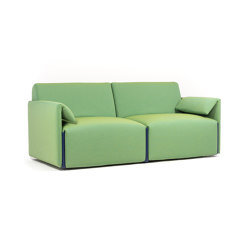Fair share: Stefan Diez on the changing face of trade fairs
Brand story by Simon Keane-Cowell
Zürich, Switzerland
25.01.23
Designer Stefan Diez shares his thoughts on the evolving landscape of physical fairs while proposing a potential path forward, in the first of a new series of imm cologne-sponsored interviews…
In an imm cologne sponsored interview with Architonic, designer Stefan Diez discusses the current state of digital and physical fairs while also suggesting the smart way forward
Stefan Diez had a bellyful.
Like many, the explosion of digital design events during the Covid pandemic left him feeling bloated. The unfettered stream of product presentations, webinars and other forms of online content was a clear case of quantity over quality. 'It was crazy and interesting in the first weeks, but then we had it up to here. The platform at this stage is so huge, it’s literally endless. So you can pack totally unfiltered shit on it, and that is, for the audience, really unpleasant.'
Diez's Munich-based agency Diez Office was named designer of the year by AW Magazine for 2022. Pictured here, some of agency's products adorn an AW exhibition (top) and the Schirn Kunsthalle in Frankfurt (bottom). Photos: ©Ingmar Kurth
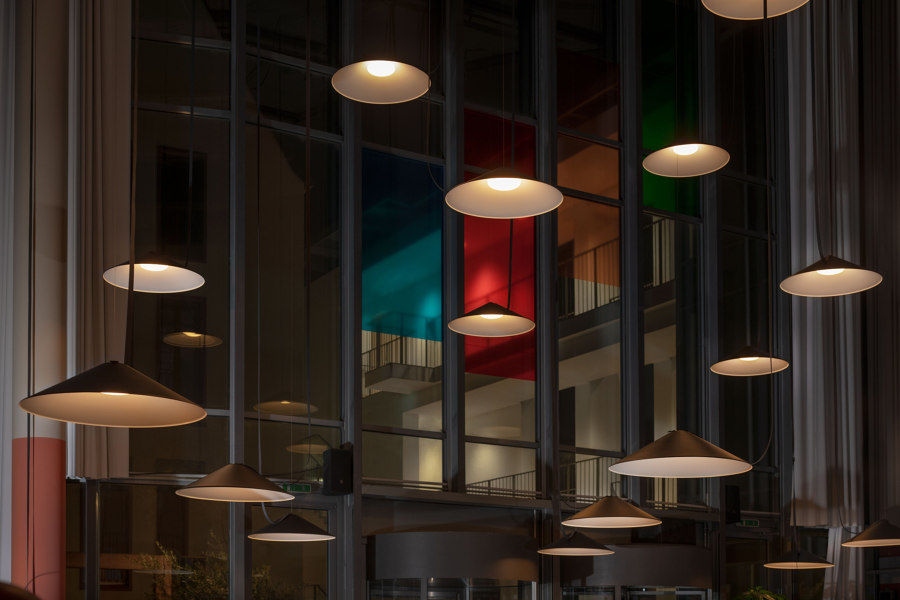
Diez's Munich-based agency Diez Office was named designer of the year by AW Magazine for 2022. Pictured here, some of agency's products adorn an AW exhibition (top) and the Schirn Kunsthalle in Frankfurt (bottom). Photos: ©Ingmar Kurth
×The context of his comment? An, as it happens, unfiltered conversation I had with the AW Designer of the Year 2022 about the future of physical design fairs, those big-top, international events that have for so long determined the marketing, communications and, indeed, R&D rhythm of the industry. They act as a kind of quality filter, argues Diez, sorting the wheat from the chaff.
Physical fairs act as a kind of quality filter, argues Diez, sorting the wheat from the chaff
‘It costs a real effort to go there… You pay a price as an exhibitor to go on the stage, and that makes you reflect on what you actually have to say.’
For Diez, a rethink is needed in relation to how the physical fair industry operates: ‘It’s like when you open a good magazine. Not every page is good.’ Photo: ©Ingmar Kurth
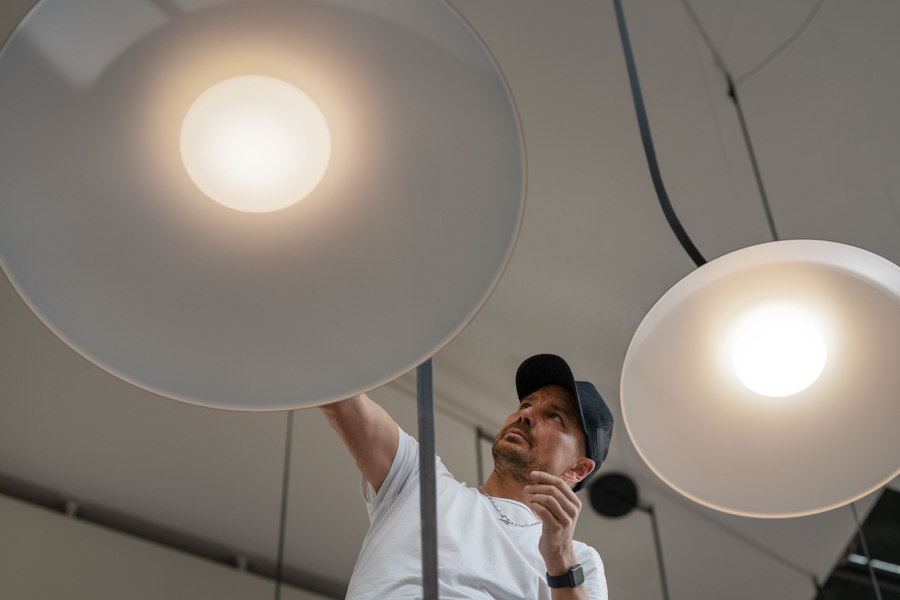
For Diez, a rethink is needed in relation to how the physical fair industry operates: ‘It’s like when you open a good magazine. Not every page is good.’ Photo: ©Ingmar Kurth
×And yet.
We all know that the fair landscape is changing. Or has to change. Diez is quick to point out, perhaps somewhat diplomatically, that these large-scale trade exhibitions are ‘probably not the most sustainable thing’, and, indeed, that we all suffer from what he describes as ‘Messe blues’ (fair blues) – where exhaustion from a, at times, relentless fair calendar can question the rationale of it all. And question the validity of what’s on show. ‘I wouldn’t say every fair is worth exhibiting at, I mean we know that … Each year we question, “Was this really necessary?” But it’s like when you open a good magazine. Not every page is good.’
‘I wouldn’t say every fair is worth exhibiting at’
Fair organisers are not having an easy time of it right now. This we know. With design brands taking a good hard look at their marketing budgets – the growth of alternative channels and formats, combined with the current macro-economic climate encouraging them to question how much they spend and where they spend – many fairs are struggling with securing their future. Adapt or die, goes the old motto. For me, the prolonged absence of Belgium’s Biennale Interieur Kortrijk and the retirement of Switzerland’s unique Designers’ Saturday are as much a cultural loss as anything else.
The prolific design office has created furniture and lighting products for a broad range of international manufacturers, including the universal chair mudra for German brand Brunner. Photos: ©Gerhardt Kellermann
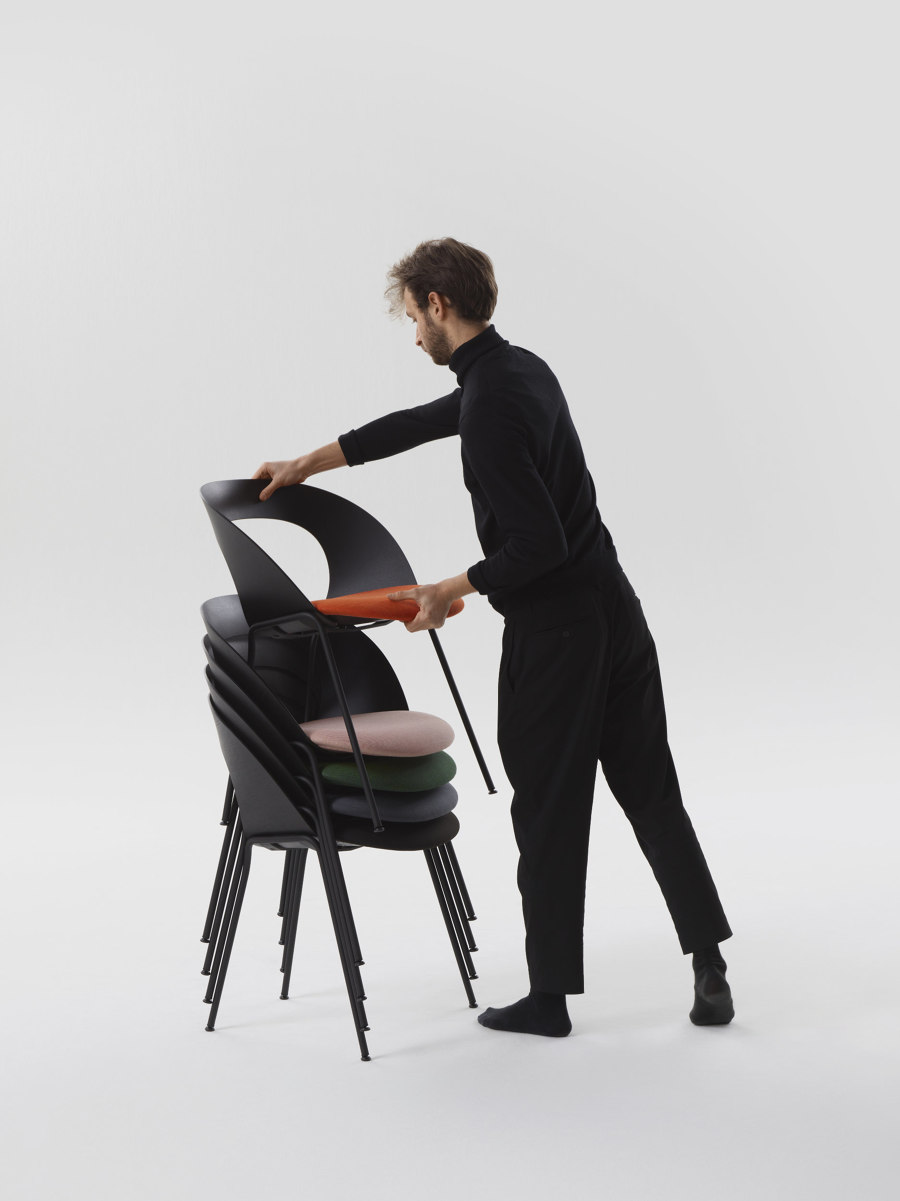
The prolific design office has created furniture and lighting products for a broad range of international manufacturers, including the universal chair mudra for German brand Brunner. Photos: ©Gerhardt Kellermann
×But, as Diez is keen to point out, there’s opportunity to be snatched from the jaws of uncertainty. Watch my interview with him to get his insights in full. Pursuing this line of quantity over quality, he posits a new model of cooperation and collaboration between international fair organisers. Think solidarity rather than saturation, characterised by an only-show-what-truly-matters approach.
Diez's Costume seating family for Italian brand Magis (top) as well as his Oyo Duo Bathtub for Kaldewei (bottom). Bottom image: ©Kaldewei
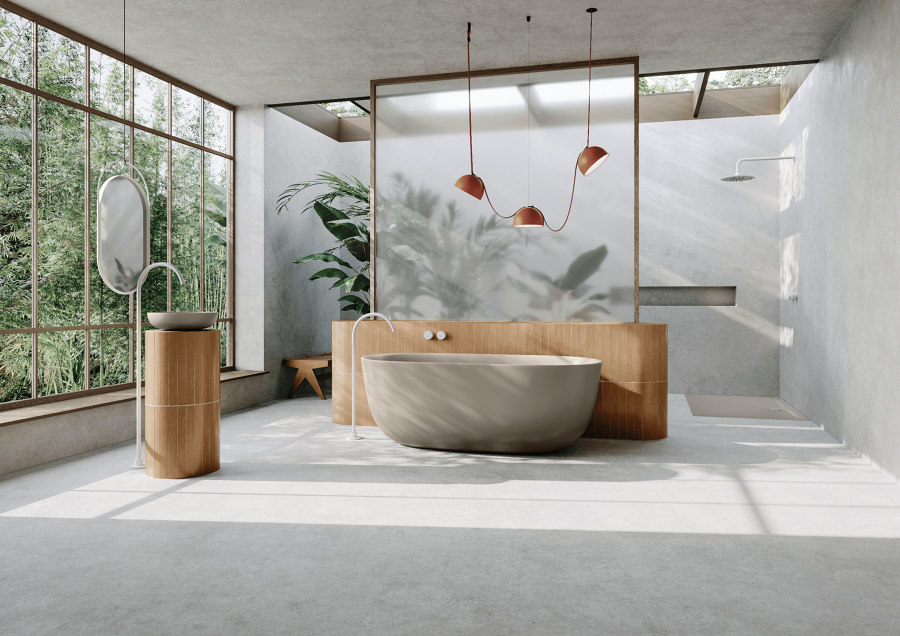
Diez's Costume seating family for Italian brand Magis (top) as well as his Oyo Duo Bathtub for Kaldewei (bottom). Bottom image: ©Kaldewei
×He’s also keen – in a comment that dovetails with imm cologne creative director Dick Spierenburg’s thinking in a recent interview with Architonic – to see fairs leverage their host cities more to bring people together. ‘Essentially what a fair has to do is just create this momentum in the city.’ The urban location as the exhibition stage, in short. This requires fair organisers to engage in some innovative thinking as to how truly to harness it, plug into it, activate it. There’s everything to play for.
Discover more imm cologne stories here
© Architonic
Head to the Architonic Magazine for more insights on the latest products, trends and practices in architecture and design.

